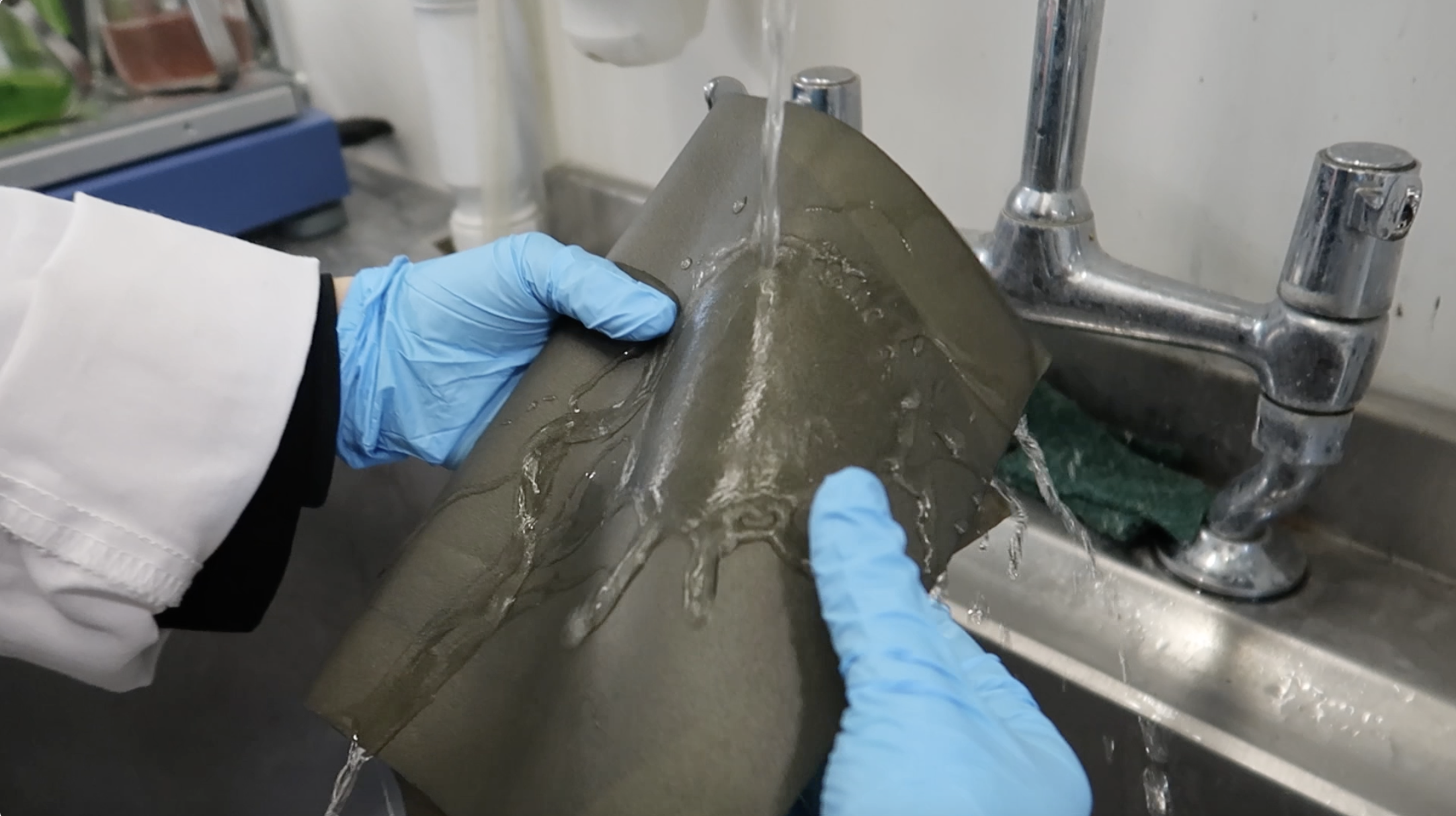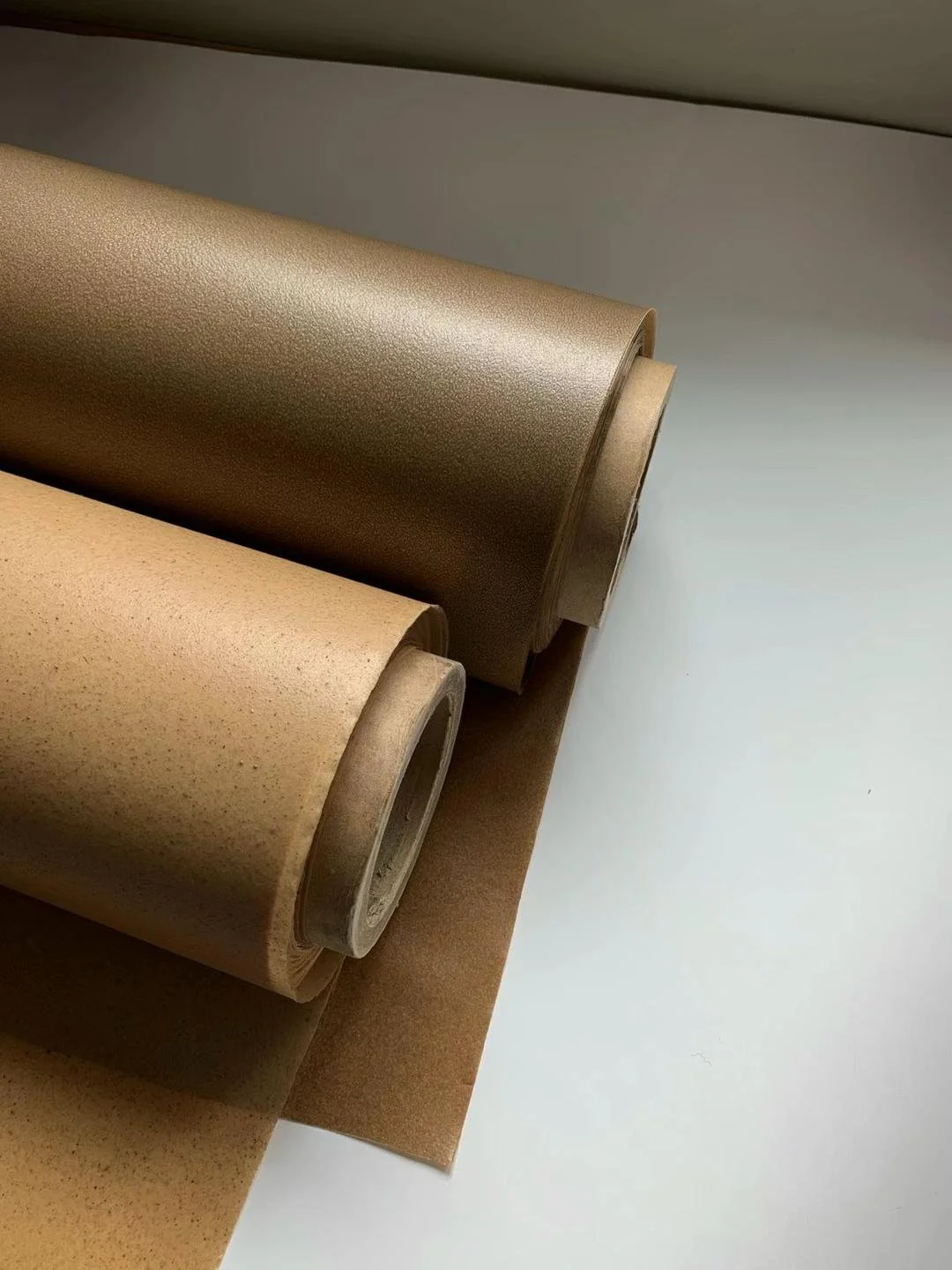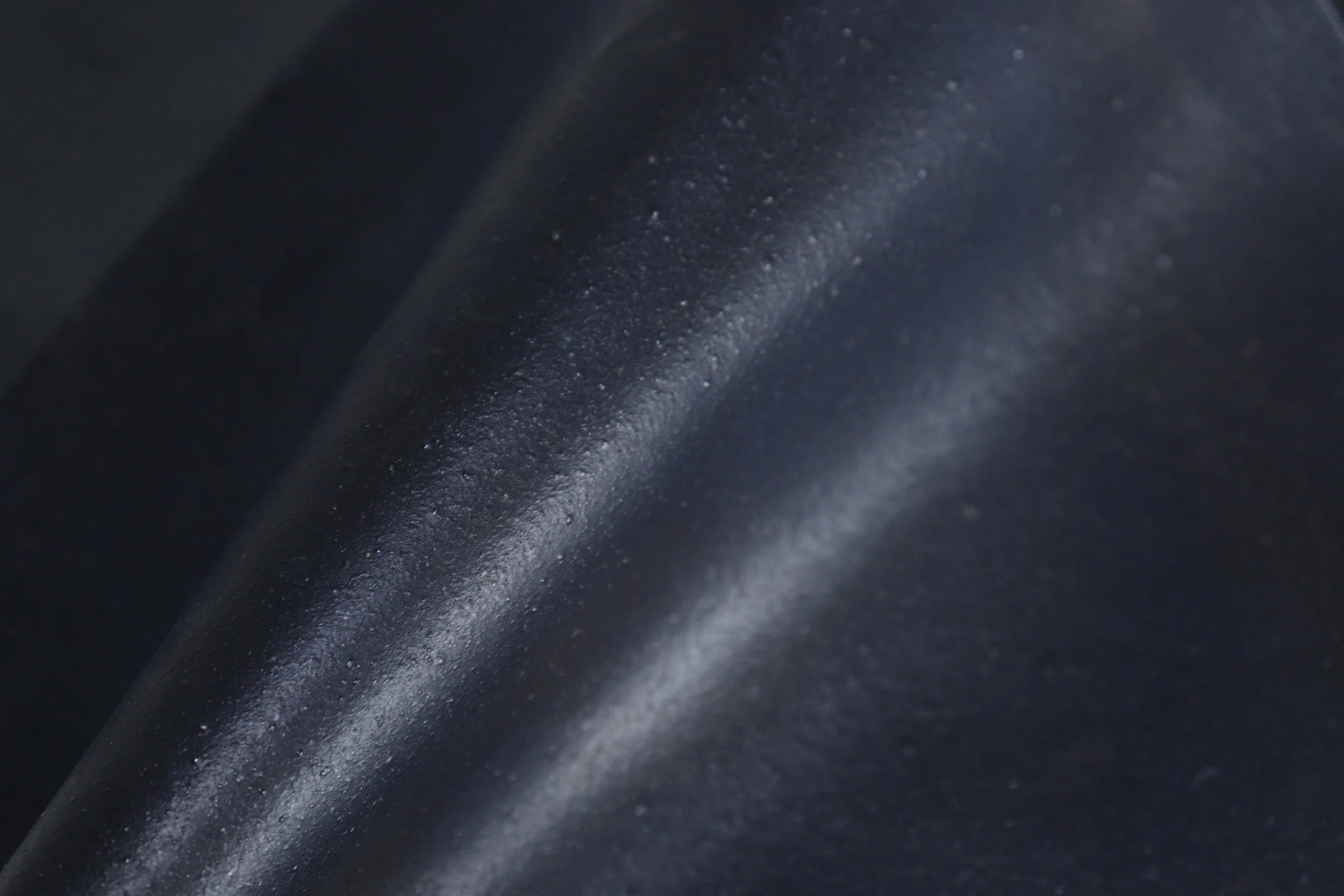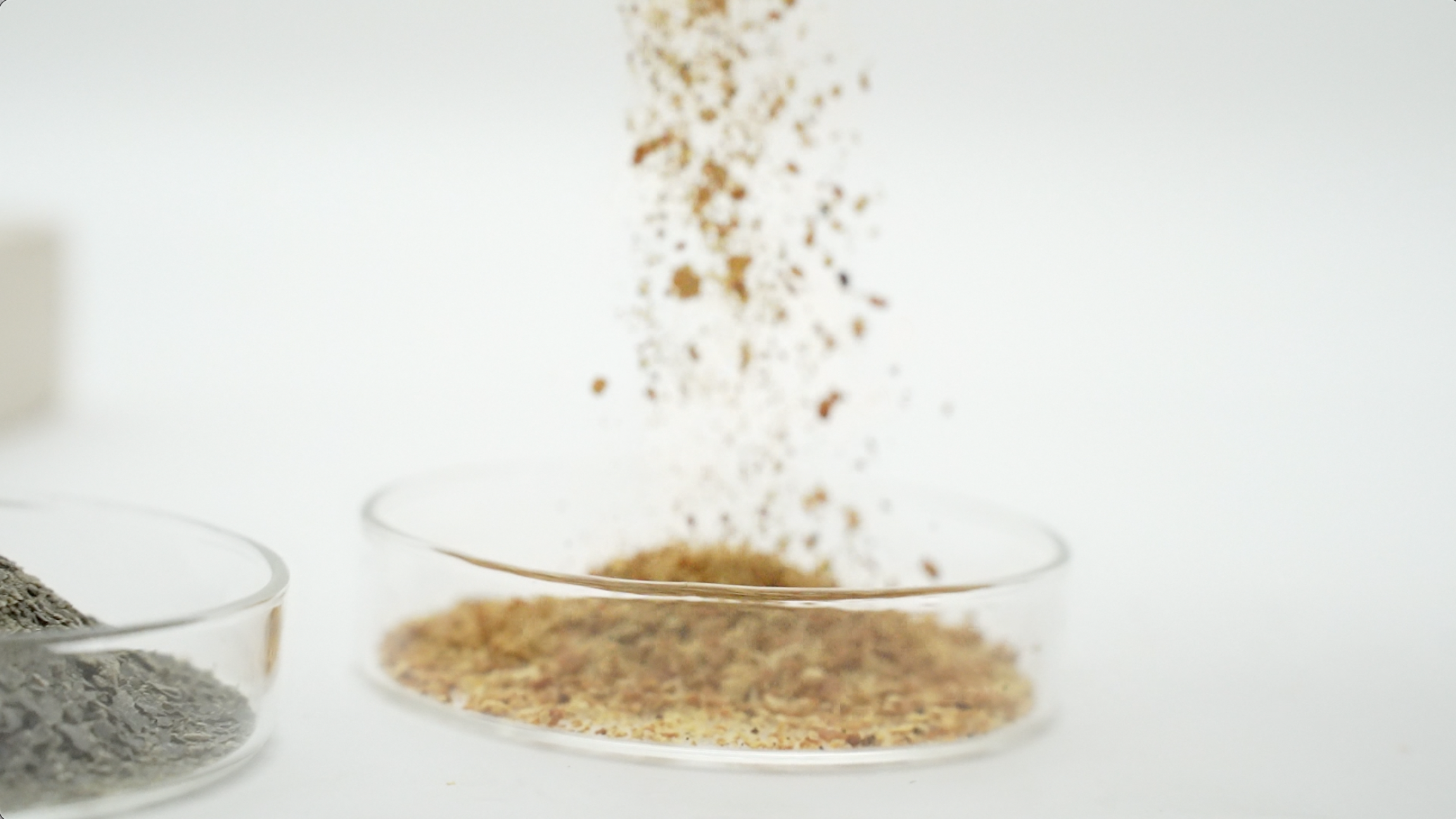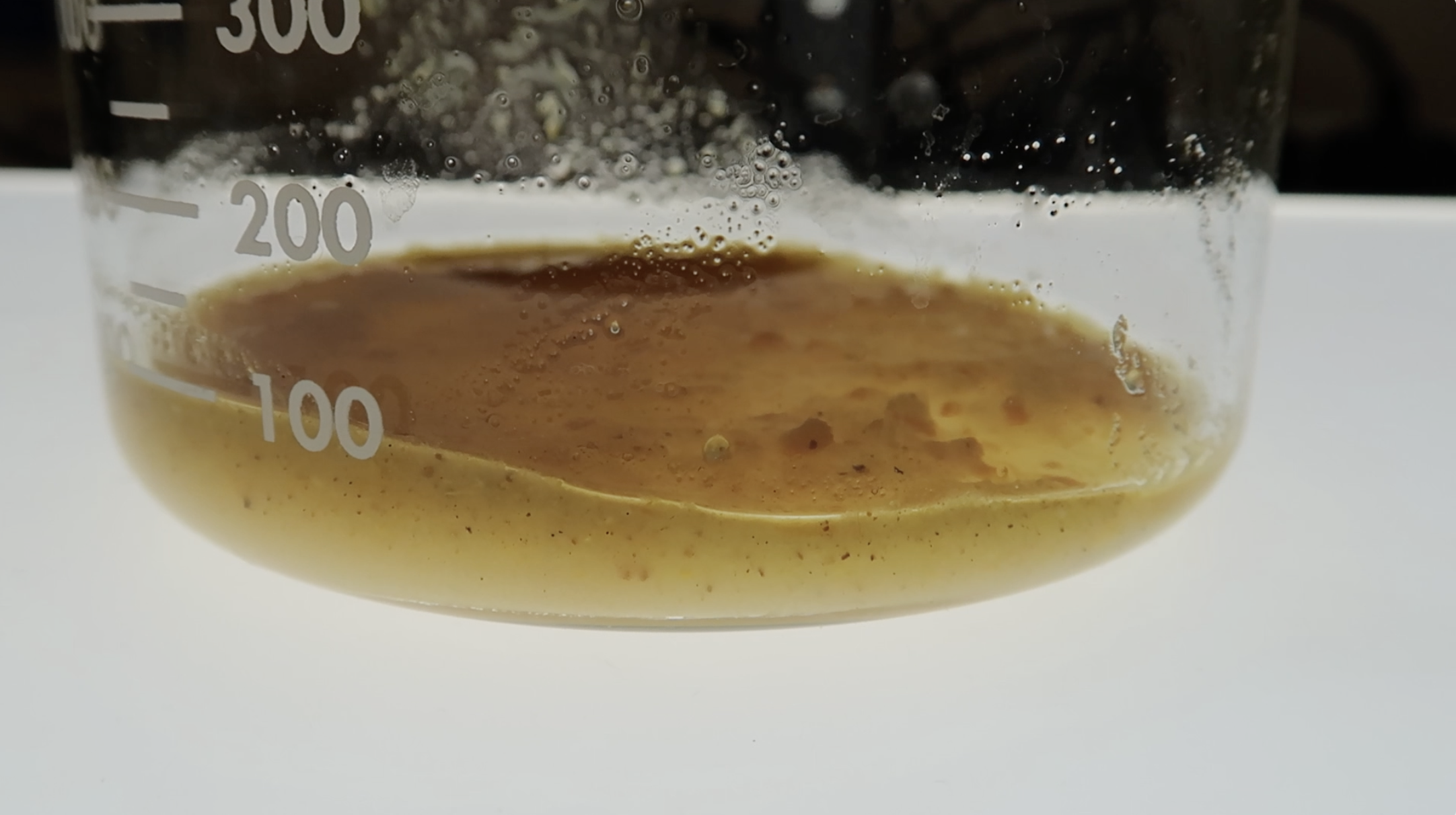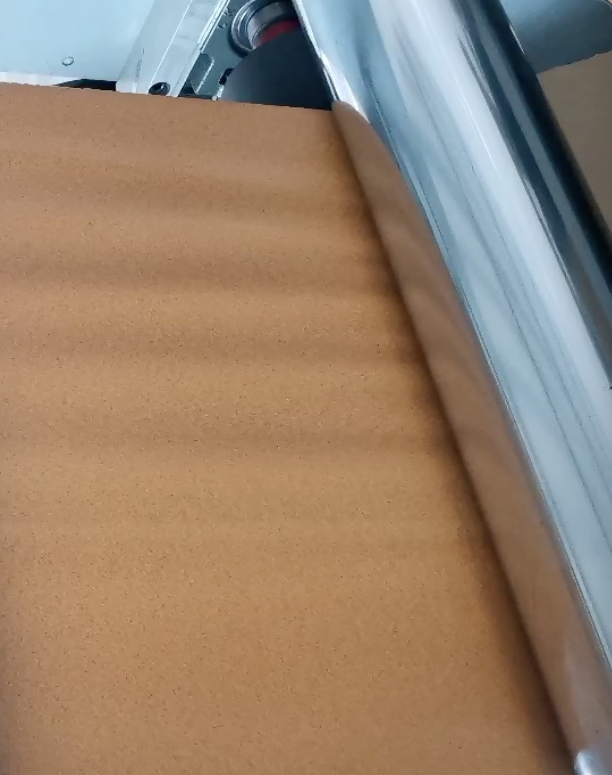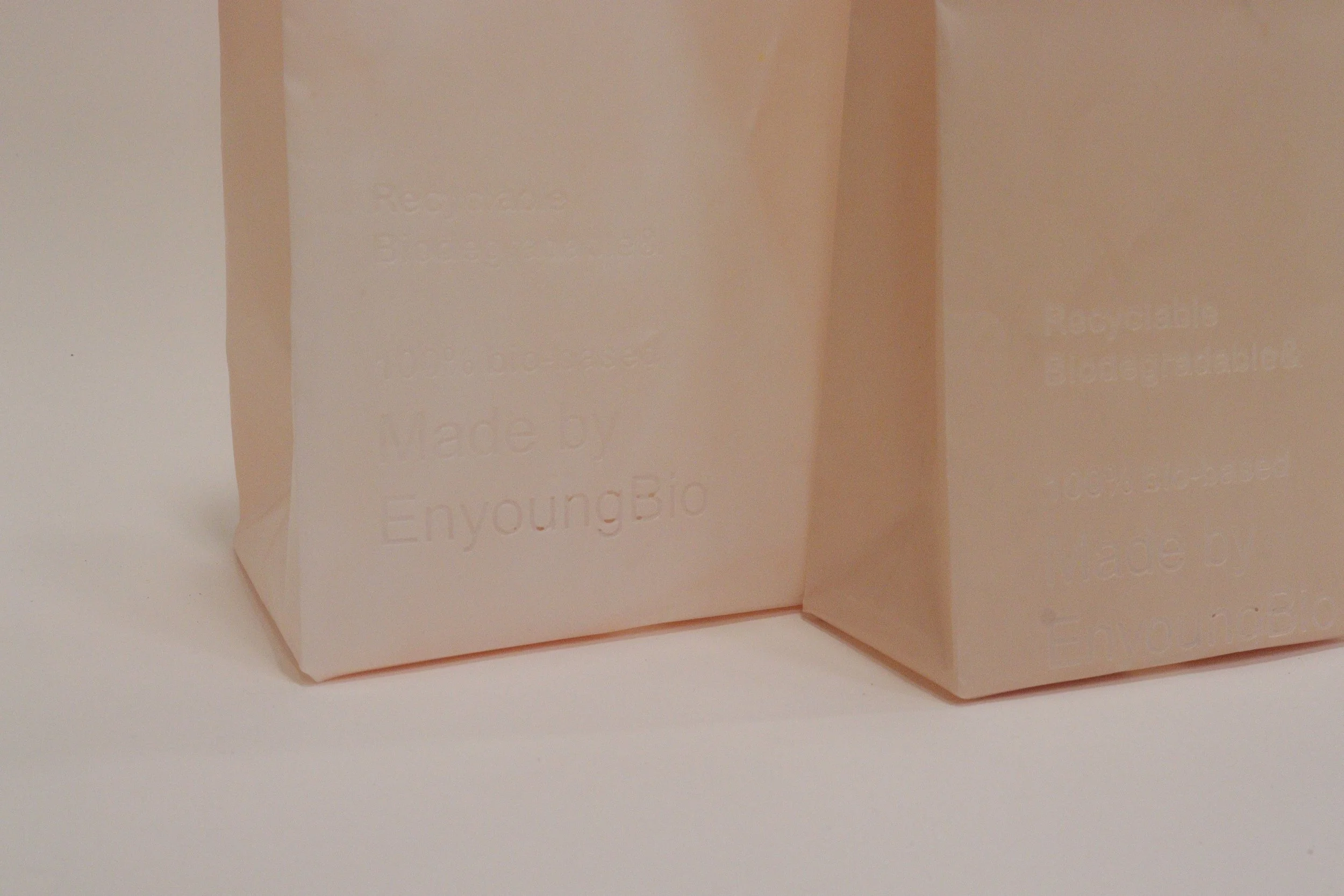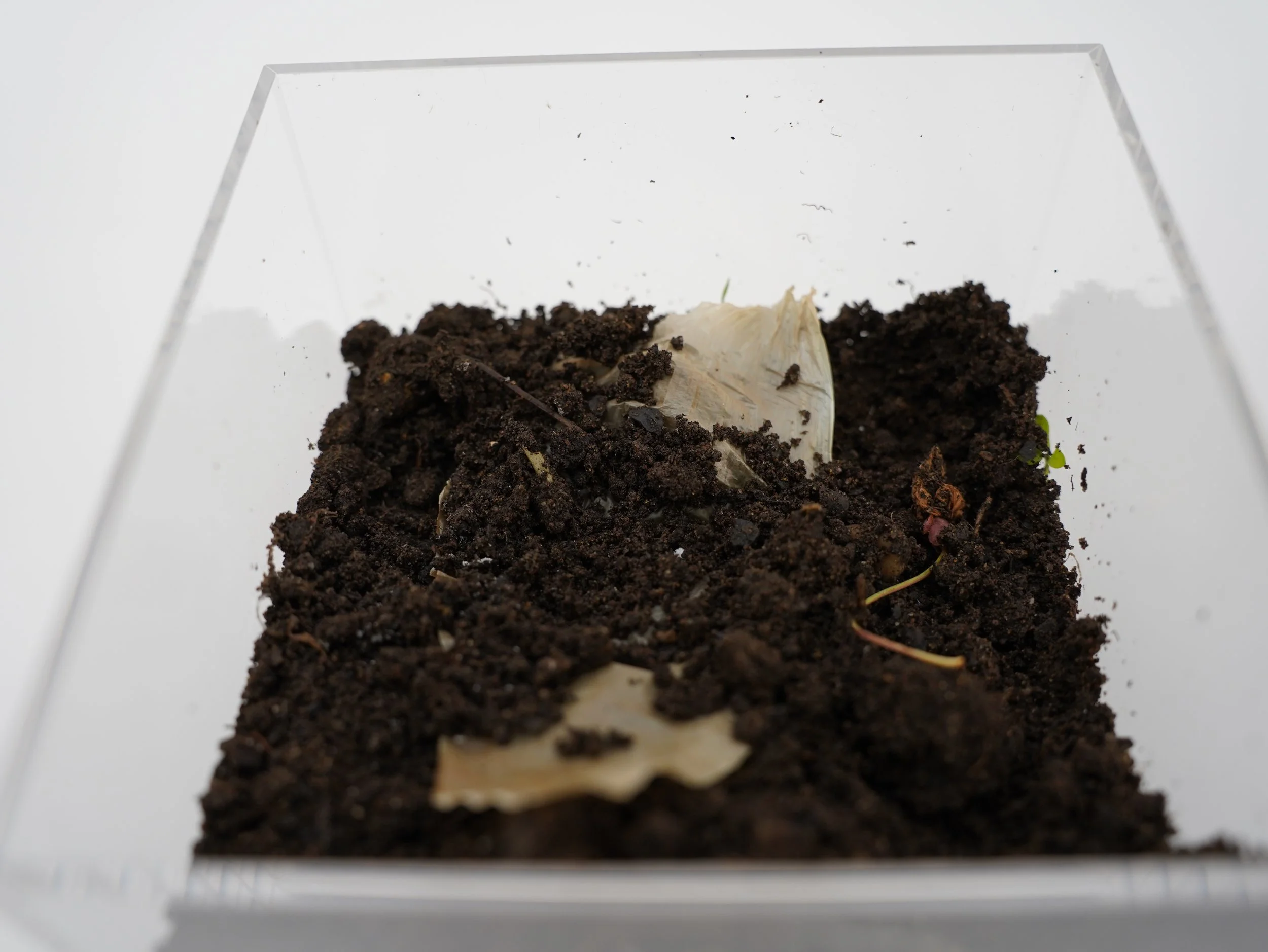
Our Sustainable,beautiful, and functional materials.
Like nature.
The spirit of innovation has led us to adhere to a sustainable life-cycle management approach, which helps to promote environmental protection and effectively reduce the consumption of natural resources.
High-quality waterproofing, suitable for a wide range of applications, including fashion and packaging.
OUTSTANDING USABILITY
MASS-PRODUCIBLE
In order to make the new materials more compatible with high quality standards and actually reach the market, the raw materials will be proportionally mixed into special customised machines for mass production.
PREMIUM QUALITY
Beautiful natural appearance based on unique combination of raw materials.
Advanced technical support and quality assurance to ensure premium outcome.
The lifecycle of materials can be divided into four stages: raw material acquisition, manufacturing, design application, and end-of-life.
Research & Manufacture
Raw material acquisition
Seaweed and fruit peels, as biological resources, can be obtained by collecting wastes. Seaweed can be harvested from the ocean or grown in seaweed farms. Fruit peels can come from food processing plants, orchards, or household waste.
Mixing
During the manufacturing phase, seaweed and fruit peels are processed and treated to obtain a form suitable for the production of the material. Subsequently, these raw materials are formed into a mixture.
Mass production
In order to make the new materials more compatible with high quality standards and actually reach the market, the raw materials will be proportionally mixed into special customised machines for mass production.
Design application
The blended seaweed and fruit peel materials can be used in various design applications.These materials offer diverse textures, colors, and versatility to meet different design needs.
End-of-life
When the materials reach the end of their useful life, they can be recycled and transformed into new materials or products. Alternatively, they can undergo natural degradation, becoming organic matter and providing nutrients to the soil.
This lifecycle process showcases the sustainability and environmental benefits of bio-materials. By responsibly sourcing raw materials, optimizing production processes, creating diverse design applications, and choosing appropriate end-of-life treatments, we can minimize resource consumption and environmental impact.
